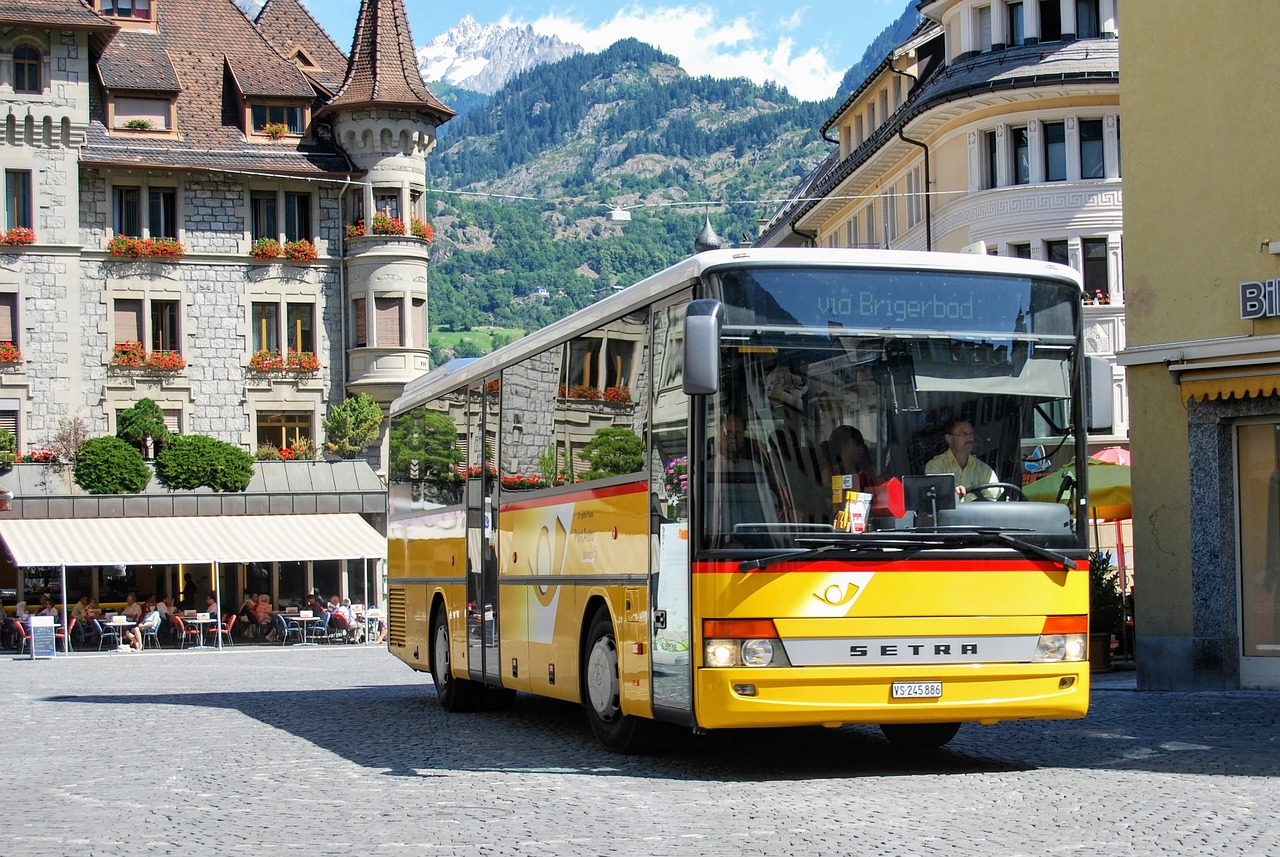Table of Contents
ToggleIntroduction: What Is Public Transportation and How Does It Help the Environment?
Public transportation is a system of vehicles, such as buses, metro trains, trams and ferries that provide passengers with convenient ways to travel from place to place. This type of transport helps reduce car traffic congestion and carbon emissions by encouraging people to use alternative modes of transport. It also brings economic and social benefits to cities, potentially raising property values in urban areas where public transportation is available. Additionally, public transportation can have positive impacts on the environment by reducing air pollution and helping conserve energy resources. This article will discuss the various advantages of public transportation and how it can help protect the environment.
How Public Transport Can Help Reduce Carbon Emissions
Public transport can play an important role in reducing carbon emissions and making travel habits more sustainable. By using public transport people can limit their contribution to air pollution, greenhouse gases, and carbon emissions. Public transport also offers economical and eco-friendly travel options compared to private vehicles, taxis or rideshare services.
Furthermore, public transportation also helps reduce traffic congestion on the roads, leading to a decrease in car use and fewer cars on the road which leads to less air pollution. Additionally, use of public transport provides an easier way to reduce our impact on climate change since it uses renewable energy sources such as solar power or biofuels much more efficiently than traditional combustion engines used by cars.
The Benefits of Using Public Transport for Commuters & Business Owners
Investing in public transport offers numerous advantages for commuters, businesses, and the environment. Public transportation is usually more convenient than driving, as commuters don’t need to be worried about finding a parking spot or dealing with traffic jams. Additionally, public transport provides cost savings to business owners and commuters without sacrificing comfort. Furthermore, taking public transport reduces emissions and has a positive impact on our environment by reducing air pollution from cars and carbon emissions from fuel burning.
Exploring Different Types of Public Transportation Around the World
Public transport is an important part of modern infrastructure around the world for commuting, travel, and tourism; and varies much in form ranging from subway systems and light rail transit systems to bus services. In this article, we explore the types of public transit available in different parts of the world, from the most developed cities to lesser developed ones. We discuss the advantages and disadvantages associated with various forms of transportation as well as look at some specific examples and use cases. Ultimately, we aim to present an overview of public transportation around the world.
What Are The Challenges Associated with Establishing a Reliable Public Transport System?
Establishing a reliable public transport system is becoming increasingly important in more and more cities across the world. Not only does public transportation lead to reduced traffic congestion, but it also helps to improve air quality, reduce individual carbon footprints and promote economic growth. Despite its importance, establishing a reliable public transport system can be incredibly challenging; numerous potential barriers exist that need to be addressed. Amongst other issues, two of the most common challenges associated with the establishment of a reliable public transport system are infrastructure costs and inadequate funding for both maintenance and operations. In order for public transportation to truly revolutionize cities around the world, these issues must be overcome across multiple nations.
Conclusion: Investing in a Sustainable Future Through Efficient Public Transportation
Having efficient public transportation systems is an important factor in having a sustainable future. With the rising cost of operations and maintenance, governments must actively invest in public transport systems to save costs and reduce emissions. Doing so not only helps the environment but also aids in improving living standards for citizens. Such investments can be made through modernizing infrastructure, converting buses to electric vehicles, incentivizing low-emissions transport modes, and boosting the accessibility of transportation services. Investing in efficient public transportation can thus lead to more sustainable cities and pave the way for a better tomorrow.








4 thoughts on “Public Transport and Sustainability: A Comprehensive Guide to a Greener Future”
Pingback: Public Transport and Sustainability: A Comprehensive Guide
Pingback: Breaking Down Barriers: Tesla Model Y Officially Towing in Australia
Pingback: Elon Musk faces lawsuit for overstating Tesla's autopilot & self-driving technology
Pingback: Tesla’s Robotaxi: Revolutionizing Urban Transport?